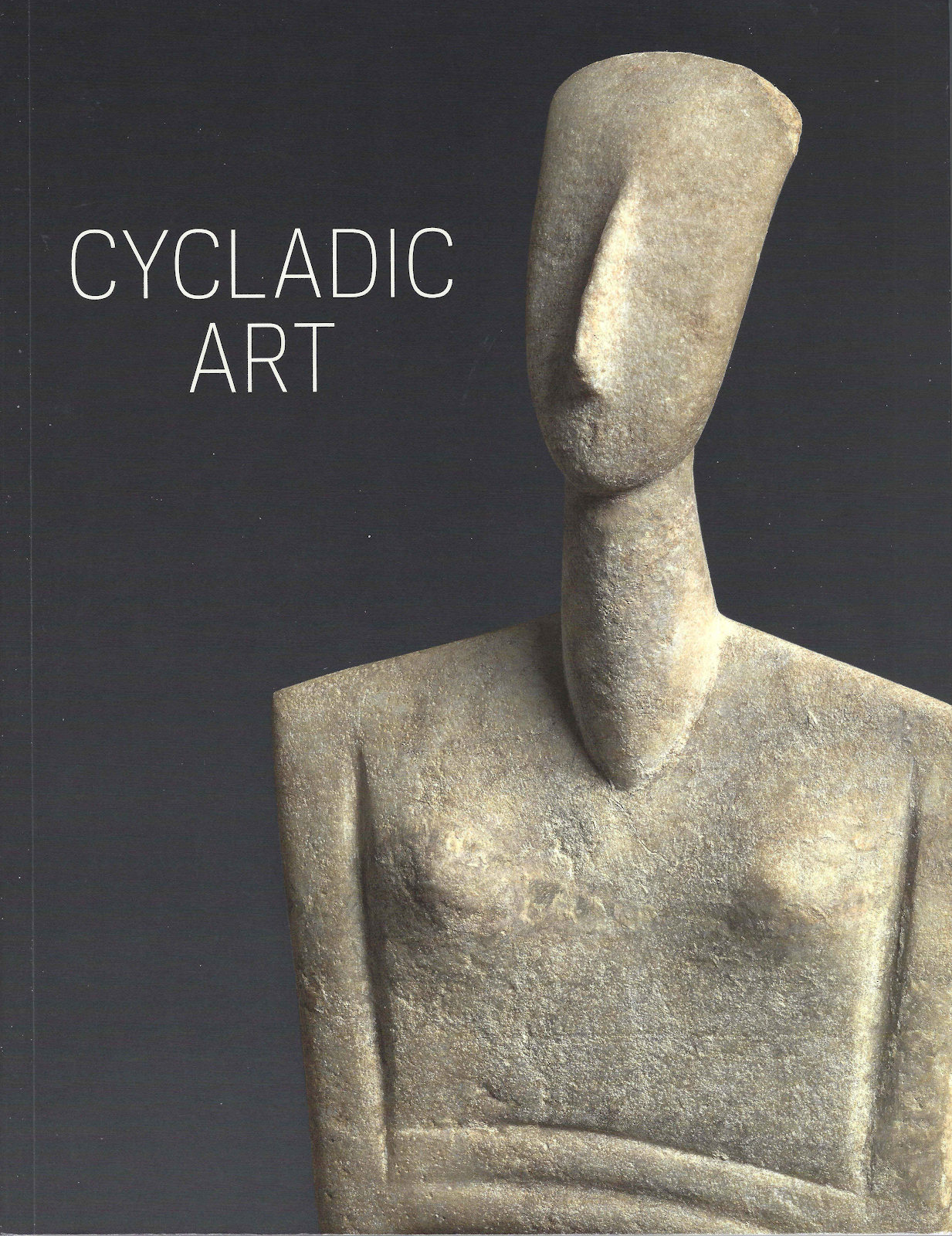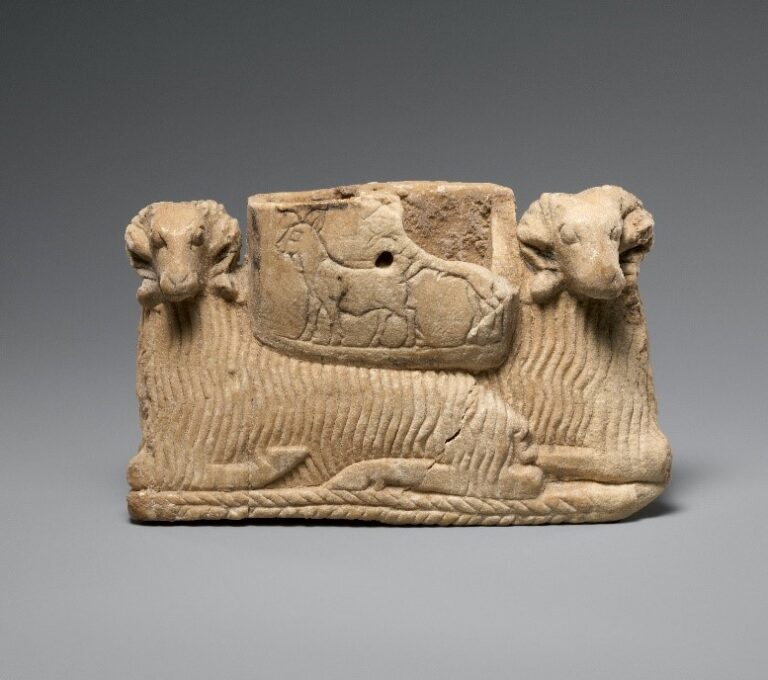In 1972 the Metropolitan Museum of Art acquired a bronze griffin head that was "said to have been found in Olympia" (Bothmer), specifically in the river bed of the Kladeos near to the Gymnasium (inv.
1971.118.54). The find was recorded in
Deltion for 1915.
In 2019 Elizabeth Marlowe
reminded us of the history of the head:
A bronze griffin head displayed at the museum just beyond the ticket counter was found in a riverbed at Olympia in Greece in 1914, only to disappear from the archaeological museum there years later. It resurfaced on the art market in 1948, when it was bought by a Met trustee who eventually donated it to the museum.
The museum responded:
The Bronze Head of a Griffin was a gift in 1972 from Walter Baker and has never been the subject of a dispute.
Yet now the Met has decided to return the griffin head to Greece and present the full collecting history:
Chance find by Th. Karachalios, supervisor of the Olympia Museum, in the bed of the Kladeos river at Olympia, near the gymnasium, in December 1914; in 1937/38 published as no longer to be found at the Olympia Museum; [by 1936, with Theodore Zoumpoulakis, Athens and Paris]; [Summer 1936, purchased by Joseph Brummer from Th. Zoumpoulakis]; [1936-1948, with Joseph Brummer, New York (P13197)]; January 15, 1948, purchased by Walter C. Baker from J. Brummer; 1948-1971, collection of Walter C. Baker, New York; acquired in 1972, bequest of Walter C. Baker.
Zoumpoulakis is known to have handled several objects that ended up in major European and North American collections, some perhaps of modern creation. The Met
adds to the decision to return the head:
The Met and the Greek Ministry agreed to the return of the Griffin after careful review of records and letters determining that it could not have legitimately left the Archaeological Museum of Olympia.
What other suspicious pieces lurk among the collection housed in the Met?
This return coincides with the "Cultural Property Now" event held at the Met. It is linked to the controversial display of the "Cycladicising" collection formed by Leonard N. Stern that contains material linked to the notorious Keros Haul, as well as items identified from the Becchina archive.
| |
 My review article on the Stern collection of Cycladicising figures currently on display at New York's Metropolitan Museum of Art has been published: "Artwashing the Cyclades: The Leonard N. Stern Collection at the Metropolitan Museum of Art," BMCR (July 2025).
My review article on the Stern collection of Cycladicising figures currently on display at New York's Metropolitan Museum of Art has been published: "Artwashing the Cyclades: The Leonard N. Stern Collection at the Metropolitan Museum of Art," BMCR (July 2025).







